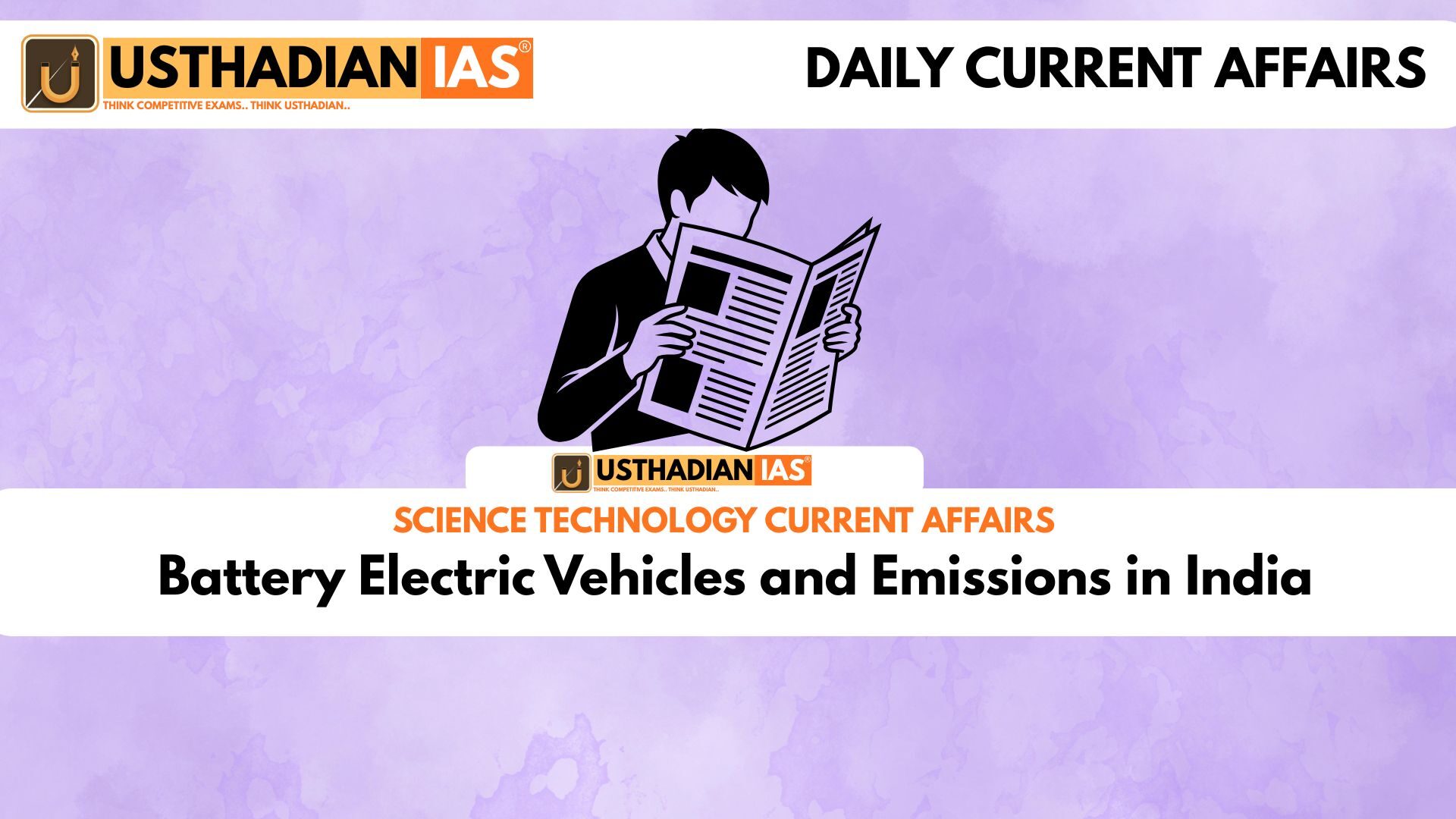Cleaner rides for the future
Battery Electric Vehicles and Emissions in India: A recent study from IIT Roorkee in partnership with the International Council on Clean Transportation (ICCT) brings some eye-opening insights. The research compares Battery Electric Vehicles (BEVs) with traditional Internal Combustion Engine (ICE) vehicles, and the results are promising for BEVs. It turns out that BEVs produce up to 38% less CO₂ equivalent emissions per kilometre. That’s a big deal when we think about climate change and air quality in India’s cities.
What makes emissions vary?
The study identified three major reasons for variations in emissions. First is grid carbon intensity—in simple words, how clean or dirty the electricity is. Next are lab test assumptions which may not match how vehicles are used in daily life. Lastly, there’s the actual real-world driving conditions. These three factors combined explain about 75% of the emission differences. In some cases, emissions varied by as much as 368 grams of CO₂e per kilometre just because of changes in these conditions.
Why BEVs are winning?
When looking at emissions over the full life of a vehicle—from manufacturing to disposal—BEVs consistently perform better than ICE or even Hybrid Electric Vehicles (HEVs). Their edge becomes even clearer when actual usage is factored in, instead of relying on ideal lab conditions. A key point here is that delaying BEV adoption won’t help. ICE vehicles sold today will likely stay on the road for 10 to 15 years, continuously polluting during that time.
Testing needs to reflect reality
There’s often a gap between what lab tests show and how vehicles behave in real life. For HEVs, lab fuel efficiency can be misleading. That’s why experts suggest using real-world correction factors to get a clearer picture. BEVs, on the other hand, already have high real-world energy efficiency, but their charging losses are sometimes ignored in calculations. This needs to change to give a more accurate comparison.
The land-use factor we forget
One part that many emissions studies skip is land-use change, especially when talking about biofuels. For example, the emissions from producing diesel can vary a lot depending on whether forests were cleared to grow the fuel crops. Ignoring this aspect can paint an overly green picture of biofuels, which isn’t accurate.
Policy steps we can take
So, what should policymakers do with this data? The study has some solid recommendations. First, accelerate BEV adoption—no need to wait for a perfect power grid. Second, strengthen fuel efficiency standards and make on-board energy meters mandatory in all vehicle types. These steps will help track actual fuel and power usage better. Lastly, when evaluating biofuels, it’s critical to include the impact of land-use change to truly understand their environmental cost.
Static Usthadian Current Affairs Table
| Topic | Details |
| Institution involved | IIT Roorkee and ICCT |
| BEV emission advantage | Up to 38% lower CO₂e per km than ICE vehicles |
| Key emission variability factors | Grid carbon intensity, lab assumptions, real-world driving |
| Highest emission difference noted | 368 g CO₂e/km |
| Real-world vs lab performance | Real-world testing needed, especially for HEVs |
| Biofuel concern | Land-use change often ignored in life-cycle assessments |
| ICE vehicle lifespan | 10 to 15 years on the road |
| Suggested policies | Speed up BEV rollout, update fuel standards, track real-world data |








